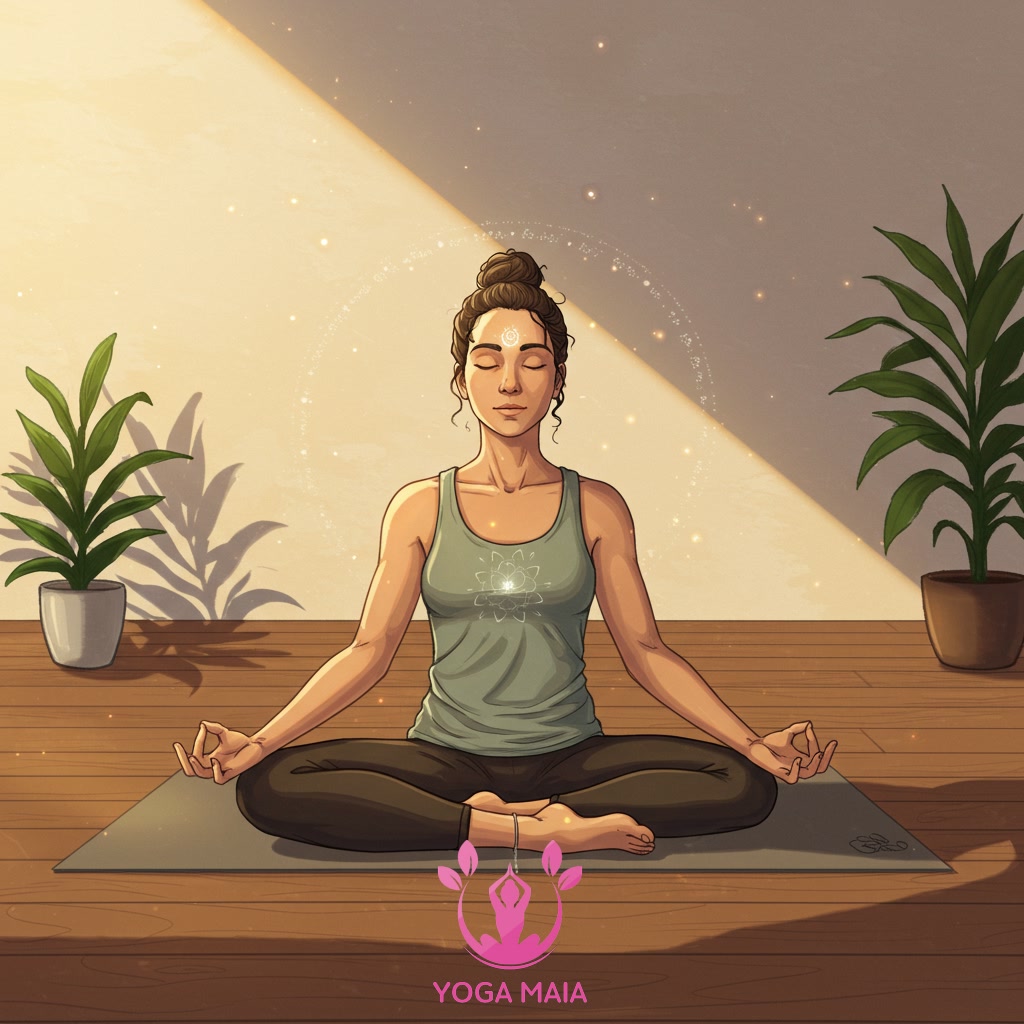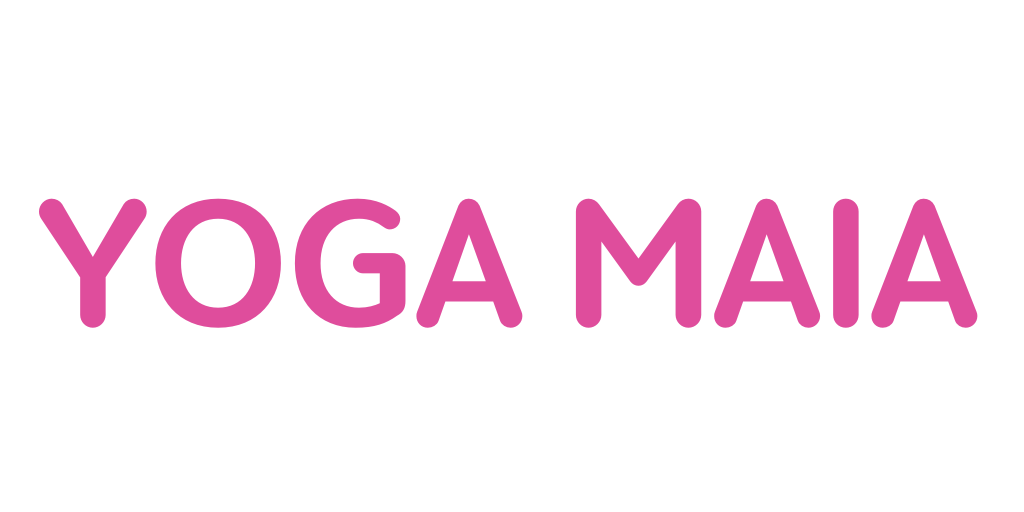Yoga Blog
Understanding the Basics of Pranayama: Essential Breathing Techniques in Yoga

Pranayama refers to the essential breathing techniques that are a core component of yoga practice. These methods focus on conscious control and regulation of the breath, aiming to influence vital energy and promote relaxation. Understanding the basics involves exploring fundamental exercises designed to improve respiratory function and support overall well-being within the discipline of yoga.
Table of Contents
- Section 1: Introduction to Pranayama: The Science of Breath Control
- Section 2: The Importance and Benefits of Pranayama in Yoga Practice
- Section 3: Foundational Principles and Preparation for Pranayama
- Section 4: Essential Pranayama Techniques: Step-by-Step Guide
- Section 5: Tips for Safe and Effective Pranayama Practice
- Section 6: Integrating Pranayama into Your Daily Routine and Yoga Practice
Section 1: Introduction to Pranayama: The Science of Breath Control
Pranayama, derived from Sanskrit words ‘prana’ (life force) and ‘ayama’ (extension or control), is the fourth limb of Patanjali’s Ashtanga yoga. At its core, it is the scientific practice of consciously controlling and regulating the breath. While breathing is an involuntary physiological process essential for survival, pranayama elevates it into a deliberate technique aimed at influencing the flow of vital energy within the body and mind. This control is not merely about inhaling and exhaling; it involves specific patterns, durations, and retentions designed to purify the respiratory system, calm the nervous system, and prepare the practitioner for deeper meditative states. Understanding pranayama begins with recognizing the profound connection between breath, mind, and energy, viewing breath not just as air, but as a carrier of life force.
 Introduction to Pranayama: The Science of Breath Control
Introduction to Pranayama: The Science of Breath Control
Section 2: The Importance and Benefits of Pranayama in Yoga Practice
Building on the idea of conscious breath control introduced previously, Pranayama holds immense importance in yoga as it directly impacts the practitioner’s physical and mental state. By regulating the breath, one gains conscious control over the flow of prana, or vital energy, throughout the body. This practice significantly enhances respiratory function, increasing lung capacity and improving oxygen intake, which is vital for physical vitality. Beyond the physical, Pranayama is crucial for calming the nervous system, reducing stress and anxiety, and cultivating mental clarity and focus. It serves as a vital bridge between the physical postures (asana) and the meditative aspects of yoga, preparing the mind for deeper states of concentration and inner stillness. Regular practice fosters a profound connection between body, mind, and spirit, contributing significantly to overall well-being and advancing one’s journey on the yogic path.
 The Importance and Benefits of Pranayama in Yoga Practice
The Importance and Benefits of Pranayama in Yoga Practice
Section 3: Foundational Principles and Preparation for Pranayama
Building on the idea of conscious breath control introduced previously, Pranayama holds immense importance in yoga as it directly impacts the practitioner’s physical and mental state. By regulating the breath, one can influence vital energy and promote relaxation. Understanding the basics involves exploring fundamental exercises designed to improve respiratory function and support overall well-being within the discipline of yoga. The foundational principles of Pranayama begin with cultivating awareness and establishing a proper posture. Before attempting specific techniques, it’s essential to find a comfortable seated position, such as Sukhasana (Easy Pose) or Padmasana (Lotus Pose), ensuring the spine is erect yet relaxed. This stable base allows the diaphragm to move freely and supports energy flow. Preparation also involves quietening the mind, letting go of external distractions, and bringing attention inward to the natural rhythm of the breath. A calm environment and a consistent time for practice are also beneficial. Understanding these prerequisites lays the groundwork for effective and safe exploration of Pranayama techniques, emphasizing that breath control starts with stillness and inner focus.
 Foundational Principles and Preparation for Pranayama
Foundational Principles and Preparation for Pranayama
Section 4: Essential Pranayama Techniques: Step-by-Step Guide
Building on the idea of conscious breath control introduced previously, Pranayama holds immense importance in yoga as it directly impacts the practitioner’s physical and mental state. This section delves into essential Pranayama techniques, providing step-by-step guidance for fundamental practices. These foundational exercises are designed to cultivate awareness of the breath, improve respiratory capacity, and prepare the mind for deeper states of meditation. Mastering these basic techniques is crucial for anyone practicing yoga, as they form the bedrock for more advanced breath control practices and contribute significantly to stress reduction and overall well-being.
 Essential Pranayama Techniques: Step-by-Step Guide
Essential Pranayama Techniques: Step-by-Step Guide
Section 5: Tips for Safe and Effective Pranayama Practice
To ensure a safe and effective Pranayama practice, it’s crucial to approach these breathing techniques with awareness and care. Always practice on an empty stomach, ideally in the morning or late afternoon. Find a comfortable, stable seated posture that allows your spine to be erect yet relaxed, facilitating free movement of the diaphragm. Begin with simple techniques and short durations, gradually increasing the complexity and time as your capacity grows. Pay close attention to your body’s signals; if you feel dizzy, breathless, or uncomfortable, gently ease out of the practice. Consistency is key, even short daily sessions are more beneficial than infrequent long ones. Ideally, learn from a qualified instructor to understand the nuances and contraindications of different techniques.
 Tips for Safe and Effective Pranayama Practice
Tips for Safe and Effective Pranayama Practice
Section 6: Integrating Pranayama into Your Daily Routine and Yoga Practice
Integrating Pranayama into your daily life and yoga practice is key to experiencing its full benefits beyond just physical postures. After ensuring safe practice conditions, the next step is consistency. Start by dedicating just a few minutes each day, perhaps upon waking, during a quiet break, or before bedtime. These short sessions can be simple breath awareness or basic techniques like Ujjayi or Nadi Shodhana. Within your yoga practice, Pranayama can serve as a preparation before asanas to calm the mind, or as a concluding practice to deepen relaxation and integrate the energy. The goal is to make conscious breathing a regular habit, not just an occasional exercise, gradually increasing duration and complexity as you become more comfortable and attuned to your breath.
 Integrating Pranayama into Your Daily Routine and Yoga Practice
Integrating Pranayama into Your Daily Routine and Yoga Practice
